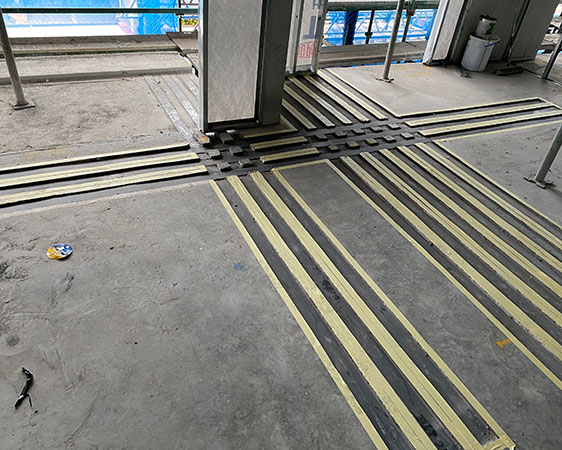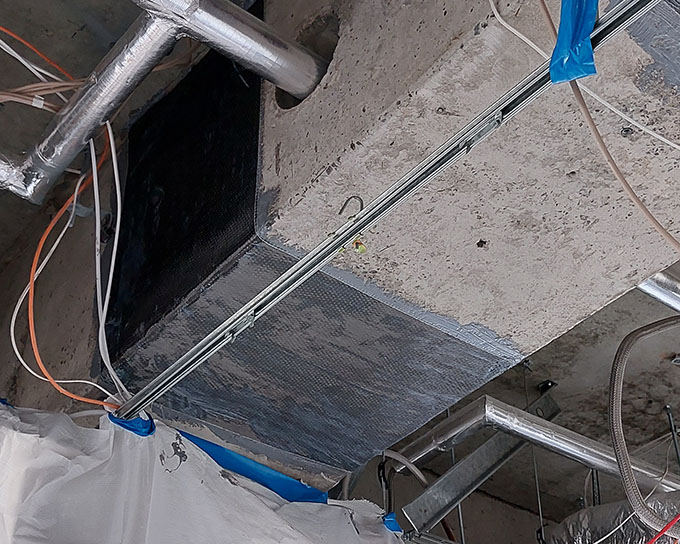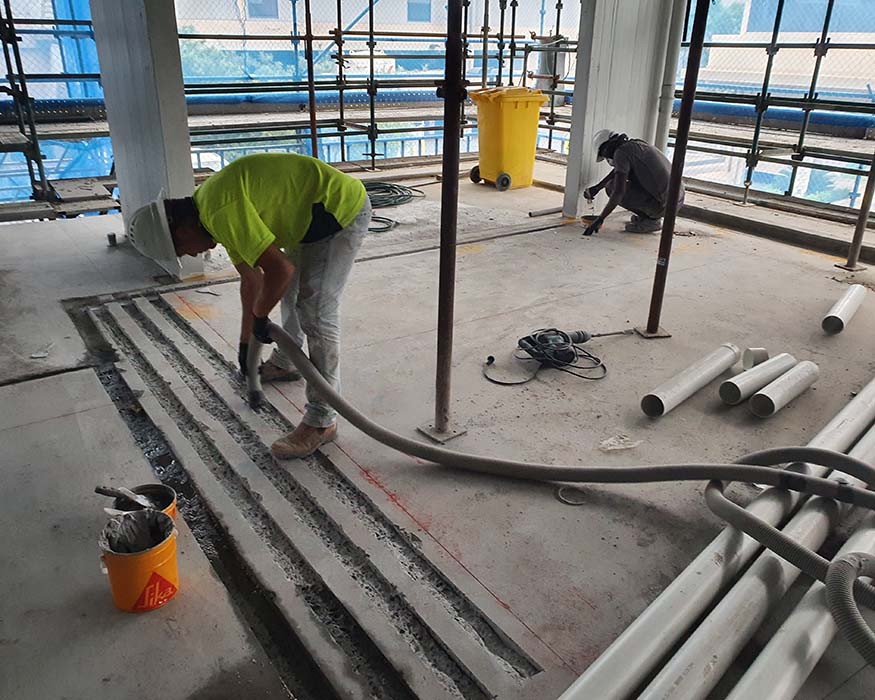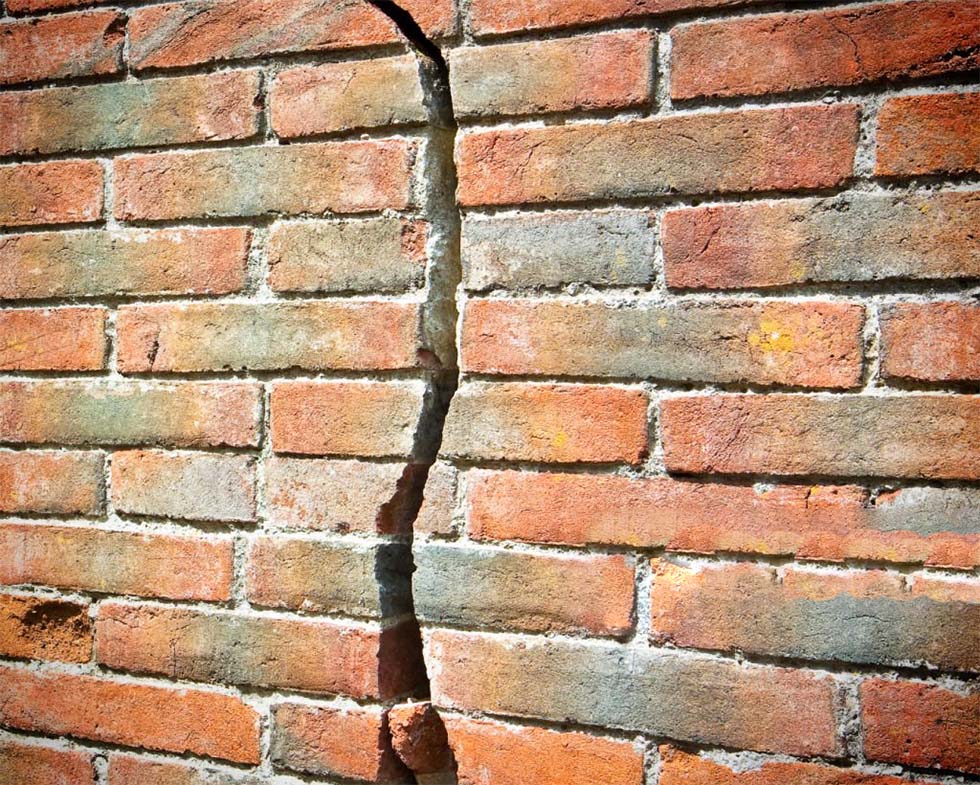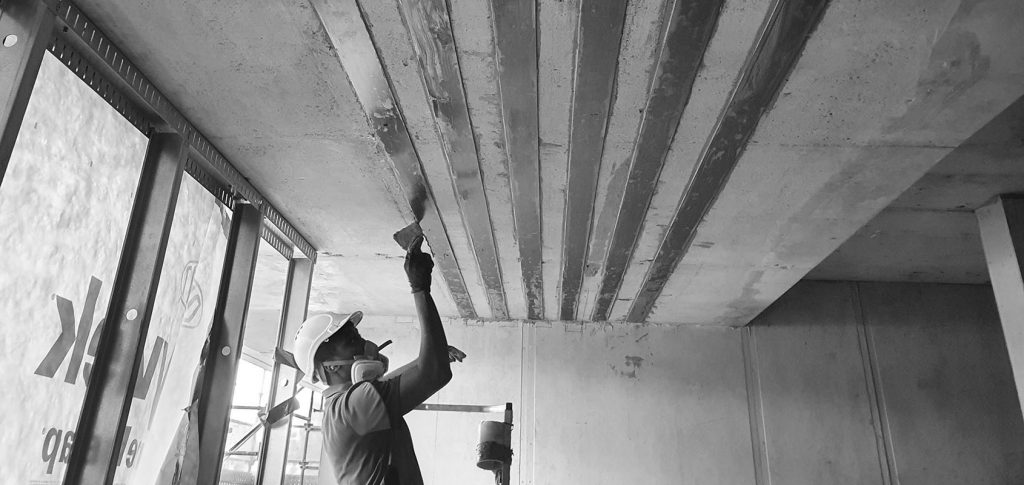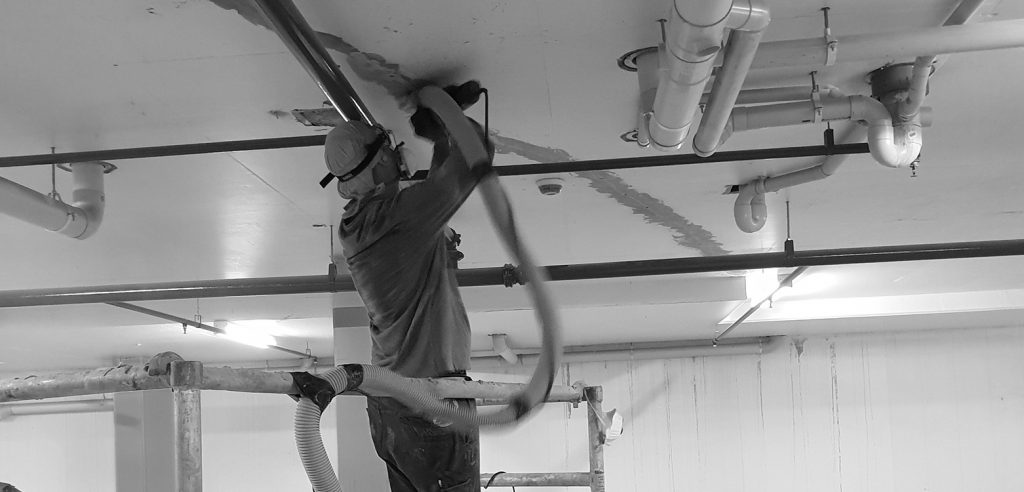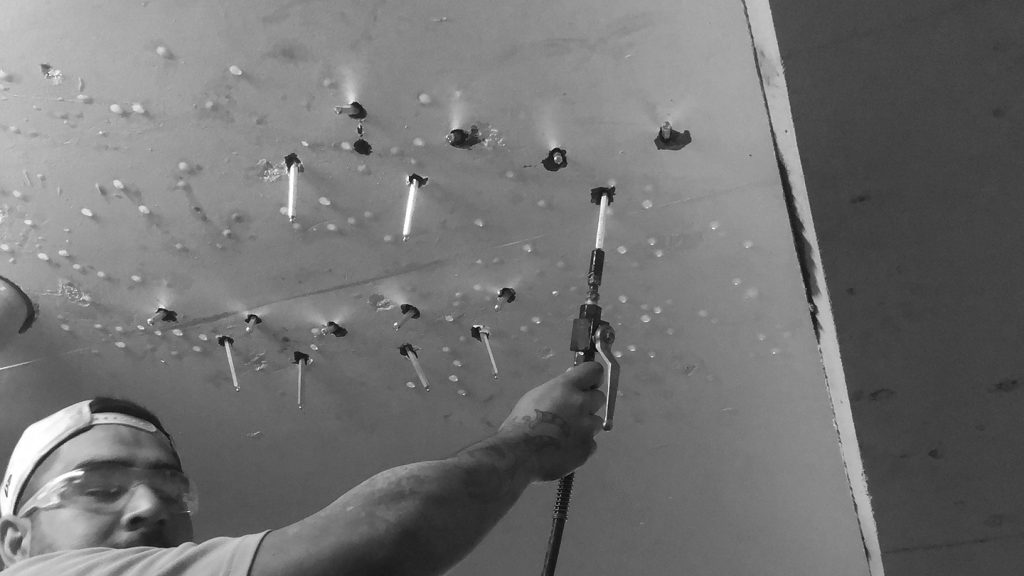Carbon Fibres have been developed for the aerospace industry which needed a material which combined high strength, high stiffness and low weight. In recent years the Construction Industry have recognised the potential of this material to provide solutions for problems associated with the strengthening of deteriorating infrastructure.
When CFRP is used externally to strengthen concrete elements in a buildings, bridges etc the bond between the CFRP and the concrete substrate is critical.
The strength of the adhesive and the degree of stress at the interface determine whether the CFRP delaminates and failure occurs. The shear strength capacity of the substrate material is therefore a major parameter of the interface region behaviour.
In testing, the failure surface was located at the top of the substrate concrete just below the bond adhesive whereas the bond product itself provided the highest pull-off strength values. (International Journal of Adhesion and Adhesives 6 January 2005)
The concrete substrate therefore must be pull-off tested to ensure that shear-tension failure of the concrete cover is not a factor and the recommended high strength adhesive must be used.
- Surface preparation by sand or water blasting to expose course and fine aggregate surfaces.
- Bond pull-off tests of the concrete substrate.
- Measure the levelness of the prepared surface with a straight edge.
- Levelling mortar should be used if necessary.
- The following high strength structural adhesive is recommended by Sika for their product, Sika®CarboDur®reinforcement:
Sikadur®30 epoxy resin is used to bond the CFRP to the concrete substrate and has a high early strength and a high tensile and flexural strength.
IMPORTANTLY surface preparation, levelling of the substrate and the quality of workmanship are critical elements in the application of CFRP structural strengthening.



